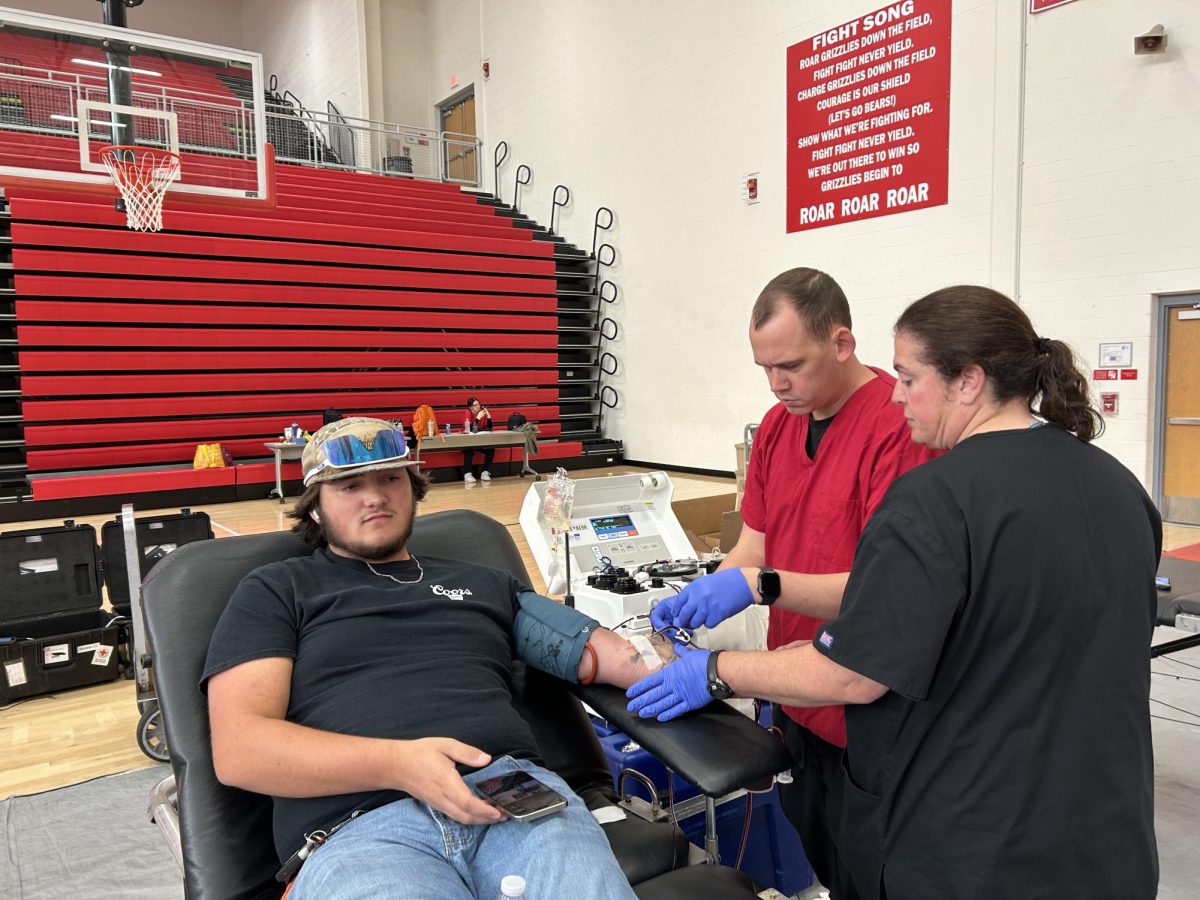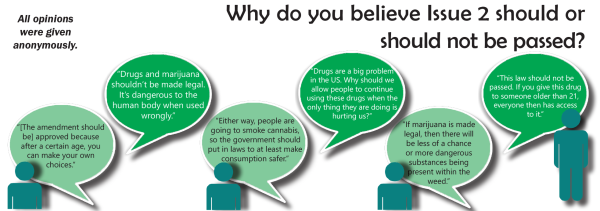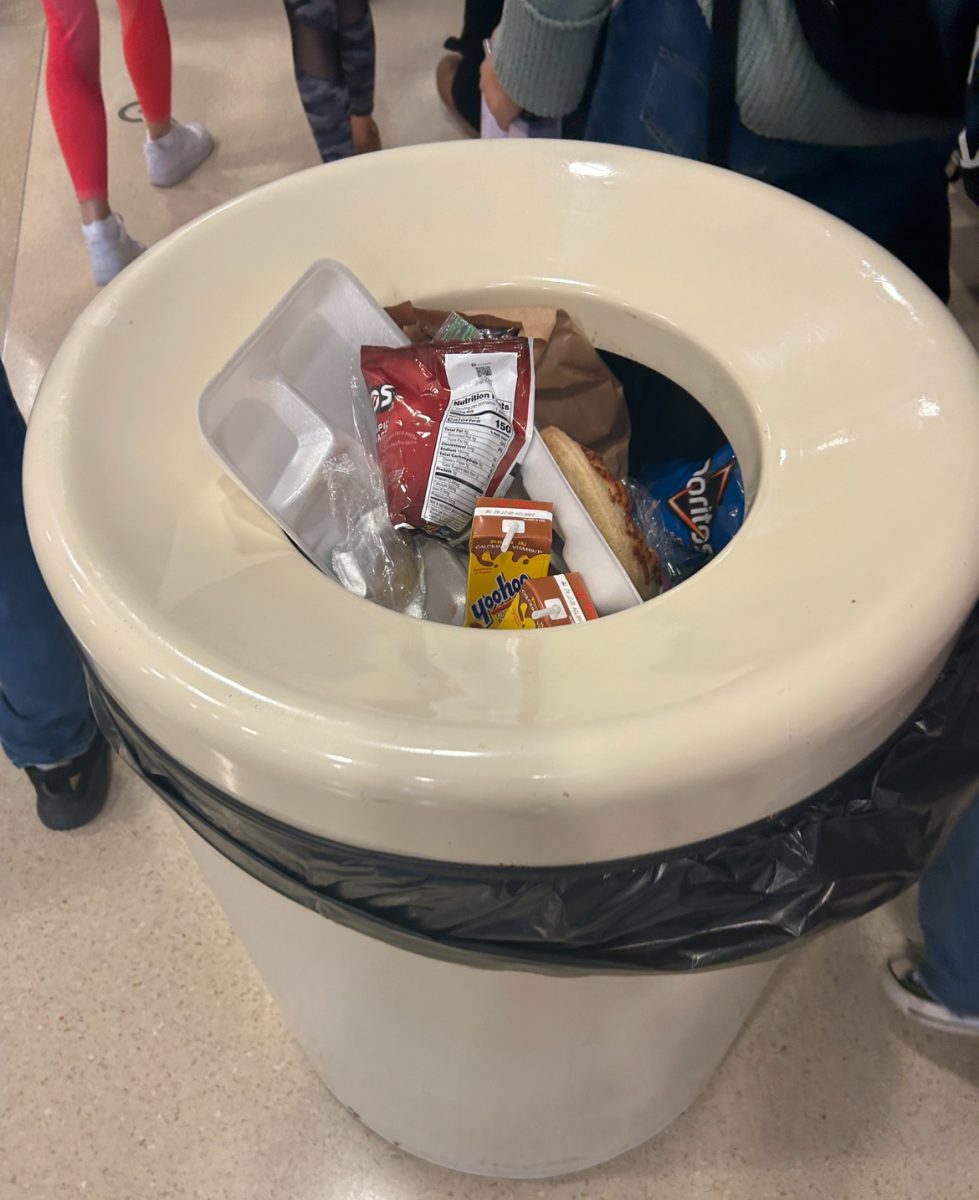Issue 1: Abortion Rights

Ohioans will head to the polls on Tuesday, November 7 to vote on several proposed changes to Ohio law. The first issue on the ballot is Issue 1, otherwise known as the Right to Reproductive Freedom with Protections for Health and Safety Amendment. This proposed amendment to the Ohio constitution aims primarily at protecting the right to abortion for citizens of Ohio.
Abortion has become a more highly debated topic than ever after the Supreme Court overturned Roe v. Wade in June of 2022. In Roe v. Wade, the court ruled that abortion falls under the right to privacy protected by the 14th Amendment of the Constitution, meaning states cannot create laws that violate this right. Roe set the precedent for abortion laws since it was decided in 1973.
Dobbs v. Jackson Women’s Health Organization overruled this precedent. In the case, the court determined that abortion is not a right protected by the Constitution, giving individual states the ability to legislate the issue how they see fit. 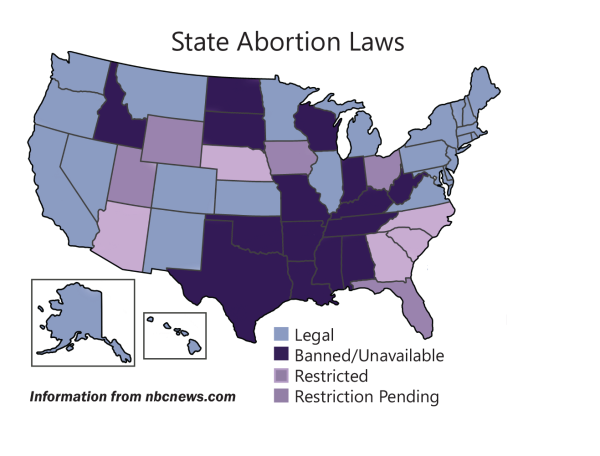
In the wake of the Dobbs ruling, many states have rushed to enact stronger restrictions on abortion. 18 states currently have total or near-total bans, according to U.S. News & World Report.
In Ohio, state law currently prohibits abortion after 20 weeks from conception. Ohio Republicans attempted to pass a more restrictive 6-week ban after the Dobbs decision went into effect, but the ban has been blocked by a state judge. Public opinion continues to be divided about what rights–if any–citizens should have to abortion.
Several organizations throughout Ohio have joined together in an effort to extend abortion rights. The coalition of pro-choice groups, known as Ohioans United for Reproductive Rights, drafted Issue 1 and gathered the signatures needed to put it on the ballot.
The Ohioans United For Reproductive Rights website states, “This amendment is about who makes personal decisions for yourself and your family–you or the government. Voting Yes on Issue 1 puts Ohioans back in charge of their families’ personal medical decisions.”

Issue 1 states that every person “has a right to make and carry out one’s own reproductive decisions,” and that the government may not “burden, penalize, prohibit, interfere with, or discriminate against” this right. The amendment also states that abortion may be prohibited when the fetus is determined to have reached viability, defined as “the point in a pregnancy when…the fetus has a significant likelihood of survival outside the uterus.”
Since Issue 1 was approved by the Ohio Ballot Board in March, many organizations have also joined forces in opposition to the amendment.
The pro-life group Protect Women Ohio states on its webpage, “Ohio women need to reject the abortion industry’s dangerous Issue 1 proposal, which would outlaw basic health and safety protections for women, eliminate parental notification and consent laws that protect minor girls, and allow painful abortions up until birth in our state.”
Abortion laws have been in the back of many Ohioans’ minds for months leading up to the election. In August, Ohio held a special election to vote on a proposal–also called Issue 1–that would make it more difficult to amend the Ohio Constitution. Instead of the current 50% of voters’ support needed to pass an amendment, Issue 1 required 60%, as well as approval signatures from all 88 counties.
Issue 1 would have made it more difficult for the abortion amendment to be passed. However, the proposal failed, leaving many Ohioans to wonder whether supporters of abortion rights will prevail in the November election.
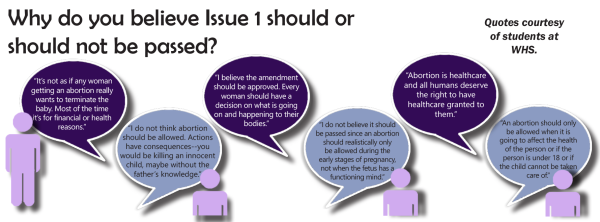
Issue 2: Recreational Use of Marijuana
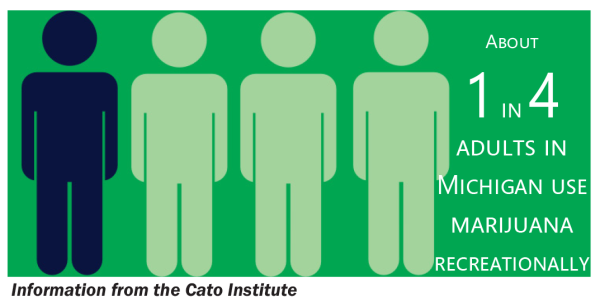
Ohio voters will be deciding on the legalization of recreational
use of marijuana during the upcoming election in November. If adopted, this would alter the current laws which allow for the medical use of cannabis.
The ballot, which is presented as Issue Two, outlines the factors and restrictions that the bill would entail as proposed by the Coalition to Regulate Marijuana like Alcohol (CRMLA), the lead group of the campaign supporting the legalization.
The CRMLA, the main group behind the initiative, created a petition aimed at getting the issue of legalizing the recreational use of marijuana in Ohio on the ballot. The petition, which gathered 222,198 Ohio signatures, surpassing the minimum number of signatures needed to be put on the ballot, was submitted to the Secretary of State’s office in July of 2023.

Issue Two, if passed, states that recreational marijuana may be used by Ohio adults over the age of 21, with users being able to possess 2.5 oz of cannabis and 15 grams of cannabis concentrate at a time. Individuals would also be permitted to grow up to six marijuana plants at home, and households would be permitted to grow up to 12.
Further, the proposal would impose a 10% tax on all cannabis sales tax that would contribute all revenue toward establishing a “cannabis social equity and jobs program”, which would work toward creating ownership and employment opportunities within the industry.
“Our proposal fixes a broken system while ensuring local control, keeping marijuana out of the hands of children,” said the CRMLA on their website justlikelalcohol.com.
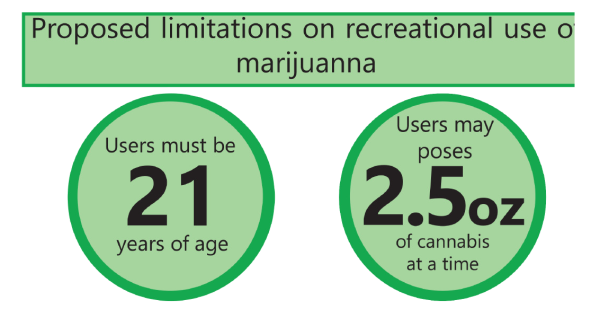
Despite the heavy support for the initiative from petition signers, neither Democrats nor Republican party members have endorsed Issue Two. However, the CRMLA has not given up on its attempts to appeal to current officeholders.
“According to recent polling, Ohioans are not only in favor of legalizing marijuana for regulated adult use, they view it as inevitable. We hope that Ohio’s leaders seize this opportunity to take control of our future,” the CRMLA said.
Ohio is not the first state to vote on this issue, with 23 states and Washington D.C. having recreational use previously legalized.
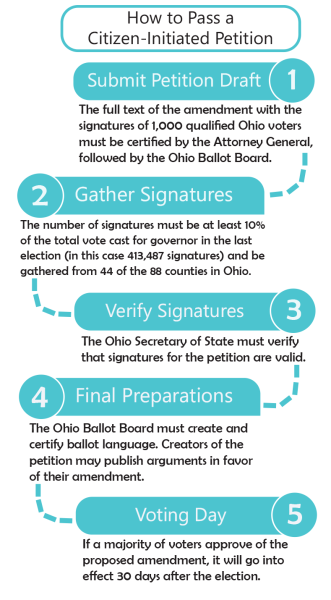
While many Ohioans have chosen to back up the CRMLA in their initiative, other prominent groups have spoken against the proposed bill, campaigning to maintain the current marijuana regulations that are in place. Protect Ohio Workers & Families, a coalition of Ohioans rallying against Issue Two has spoken out about their concerns about the possibility of this bill passing.
“Recreational marijuana legalization doesn’t help us,” said Protect Ohio Workers & Families on their website, protectohiofamilies.com. “It puts our workers at risk. It puts our families at risk. It puts Ohio at risk.”
The coalition sees today’s cannabis industry as reminiscent of the tobacco industry’s past problematic nature.
“Legalizing recreational marijuana is today’s version of Big Tobacco – big corporations getting rich at the expense of our kids and society,” Protect Ohio Workers & Families said.
The deadline to register to vote in this election is October 10, 2023. Absentee ballots can be submitted no later than November 6, 2023.


